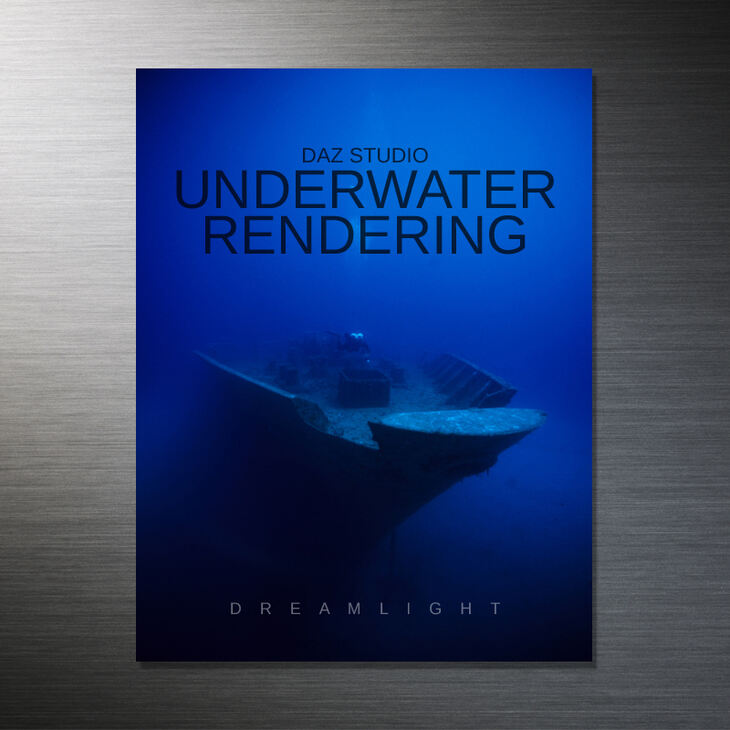

Does the IPR work with NVIDIA Iray?Īs of DAZ Studio 4.8, the Interactive Preview Renderer only works with the 3Delight engine and not yet with the new NVIDIA Iray engine.Īs of DAZ Studio 4.9, you CAN use the Aux Viewport as rendered Iray Preview: simply change the default draw settings from “texture shaded” to “NVIDIA Iray”. The size of the image depends on how big your Aux Viewport was at the time of the last preview render in your workspace. It will save the last iteration it was working on, even if you switch the IPR off. If you find that the low resolution is fine for preview purposes while you let your system work on a larger version, you can press the button on the far right in the Aux Viewport to save the preview render (hover to find that it says “Save IPR Render”). On the whole it does work well, and if it gets in the way while recalculating every few seconds you can always switch it off until you want to see updates again. In those cases, switch the IPR off and on again. For example, updating subtle poses or moving small objects are not always reflected. The IPR is not perfect though, and ultimately the “real render” may differ slightly from the preview. It’s ingenious! So go and fine-tune that UberEnvironment, the Rim Light, the front Spot Light, play with the direction of the sunlight – and within seconds you’ll see what a difference your change has made. Notice how the IPR updates when you make a lighting change: not the entire scene is rendered again, but only the parts that need to be updated. No need to wait 5 minutes for a “real render” to finish (after which you’ve forgotten what you’ve actually changed). What’s even better is that you can make changes to your lighting and see those updates in the window as you go along. See that little playback button at the top right of the Aux Viewport? Click it and you’ll see the Aux Viewport start to transform into a preview render – in a fraction of the time it takes to create the “real render”.ĭepending on the speed of your system and the complexity of your scene this can take a second, but it happens on a background thread so you can keep working while this window becomes clearer in a few moments. That’s why the Interactie Preview Render function was introduced. What we see right now are preview lights drawn with OpenGL, but when we press that big “render” button, the result will look very different. Right now the drawing style in both viewports looks the same (texture shaded in the above example), but the big problem is that it does not accurately represent how my render will look like – especially in regards to lighting. I also select my main rendering camera in the Aux Viewport and switch cameras to position objects in the main viewport – always keeping an eye on what my final render composition looks like. I like to switch on the Aspect Frame in the Aux Viewport and switch it off in my main viewport. The Aux Viewport serves to helpful functions: you can see a small preview of what’s framed in your final render, and you can see exactly what it will look like when rendered. Observe please: hover over the Aux Viewport to see the familiar camera selection and drawing style appear – they’re just hidden to clean up the interface when no mouse is in the vicinity. It looks and works much like the ordinary viewport in the middle, but at first glance it seems to have less options. You can find it under Window – Panes (Tabs) – Aux Viewport. This is a new panel that can be docked anywhere in your workspace (or free-floating if you prefer). Theoretically, anyone could write a renderer that replicates Iray's results.DAZ Studio 4.7 introduced an auxiliary viewport option with an Interactive Preview Render feature. This is what Iray uses for defining and rendering materials in Daz studio. "This could be made possible because Nvidia recently open sourced MDL material spec. "More integrated features - Motion blur, composition toolings, more render pass options, etc."Superior performance - the whole scene does not have to fit in VRAM because Cycles supports out of core rendering like Octane renderer.Due to imperfect material conversion, one has to invest a lot of time tweaking Blender materials) "I'm wondering if anyone here would be interested in a product that allows Blender Cycles to render Iray materials just like Iray or very close to it.

So, might this make using the MDL material specs possible on a Macintosh with non-Nvidia cards? Here's a brief quote from the thread:

With Iray it is possible to create image with a great accuracy of lighting in the scene and in high-definition. Theoretically, anyone could write a renderer that replicates Iray's results. Iray is a GPU accelerated path-traced renderer developed by Nvidia. In this thread, it's mentioned that Nvidia recently open sourced MDL material spec.


 0 kommentar(er)
0 kommentar(er)
